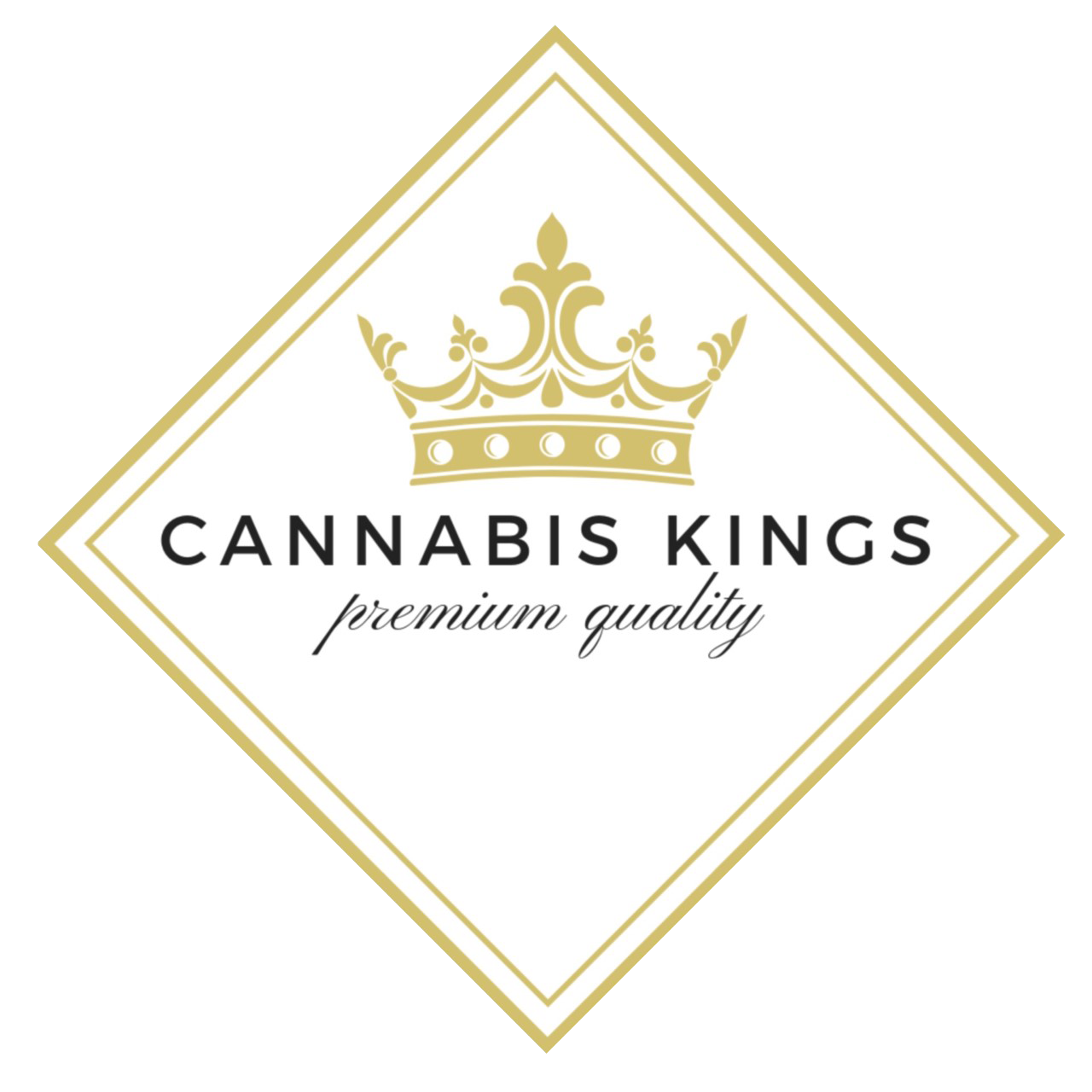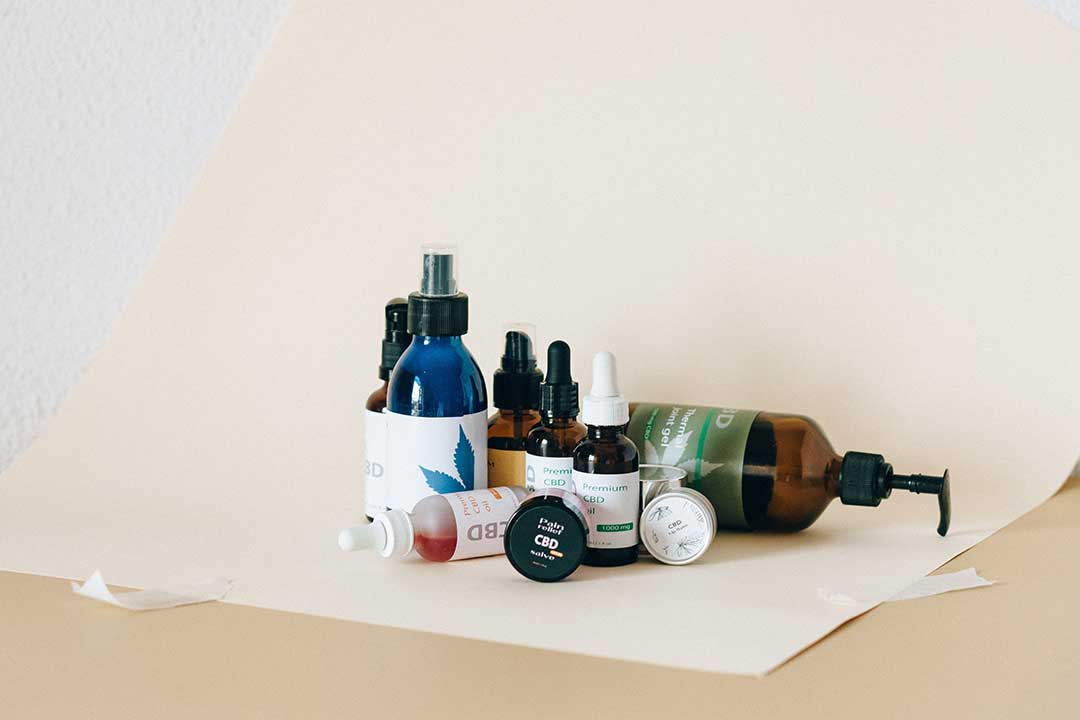Cannabis Medicine – How to boost cannabinoid bioavailability from CBD isolate Leave a comment
When we think of cannabis medicine, many would think of the standard ways of smoking it as the primary means of benefiting from it. Although common, this is a narrow avenue that covers only a small percentage of the potential medical uses for cannabis.
With all the different products on the market, each with their own distinct forms of application and/or consumption, the ways in which we can use cannabis as a remedy has exploded in recent decades.
But which products do what, and how best do we use them?
This article will focus on cannabis CBD isolate and how to best use it to create a homemade tincture, and how to also boost the effectiveness of topicals to potentially help with various muscle and joint conditions.
What is CBD isolate (crystalline)?
CBD isolate is an incredibly dynamic product with an almost unlimited range of potential therapeutic applications. An isolate can be as pure as 99% CBD crystalline (powder-like CBD crystals), with less than 0.2% traces of THC or any other cannabinoid or terpene, or plant matter.
As is commonly known, CBD has potent anti-inflammatory and neuro-modulating properties that can be beneficial either topically, orally, or even smoked. What is less known however is which form of consumption is best for which targeted condition, and even less known by the general public on bioavailability.
CBD isolate (crystalline) for tinctures
Depending on how you want to use a CBD isolate, your options are quite diverse. Here are some tips you can use to help make the most of your isolation powder when making a homemade tincture.
Cannabinoids (CBD, THC, THCA, CBDA, CBG, etc..) are fat soluble molecules. If you’re planning to make a homemade tincture, it’s important to use a healthy, fatty oil like avocado or MCT to blend your isolate into, rather than filtered water. Clinical recommendations for this preparation range are between 10mg-40mg of CBD isolate for every 1ml serving. Fish oil is the best oil to use because of the omega-3 content (omega 3 is a foundational neuro-transmitter fatty acid), but some may not like the taste. Omega-3 fatty acids are highly binding to both cannabinoids and neural receptors in the body which dramatically increase bioavailability into the upper 30%+ ranges, versus the 6-9% ingestion baseline.
The added bioavailability also means you can use less of your isolate and get better results.
The reason for this is that CBD is difficult to absorb in the digestive system since it’s broken down faster than it can be metabolised. Tinctures made with fatty oils and left under the tongue to be absorbed for 30-60 seconds by the mucosal and salivary glands is the fastest way to get a high amount of CBD into the bloodstream as quickly as possible if smoking or vaping high CBD cannabis is not an option.
This delivery system for CBD isolate is the primary way sudden onsets of seizures and seizure prevention can be quickly and easily administered when needed since there is no need to involve the act of swallowing or smoking something – which could be dangerous for someone who has lost some degree of motor function.
CBD isolate (crystalline) for topicals
The bioavailability problem doesn’t just apply to oral applications, but topical ones as well. The ratio of absorption of CBD topically is roughly the same as it is for nonfat bound oral (6-9%), no matter what the concentrations may be.
The good news is, you can help the absorption rate of topicals as well. The secret for topicals lies in using both fatty oil binding techniques similar to tinctures, but with an added twist – rubbing alcohol.
Alcohol is effective at helping boost CBD’s topical benefits because it helps open up the skin by boosting the skin’s transdermal permeability at the site of application – meaning the skin can more readily absorb anything that is in contact with the alcohol.
Caution should be used with this tip however, as anything on the application site will be more readily absorbed into the skin thanks to the alcohol.
We don’t recommend mixing the alcohol with your topical CBD as this could break it down if it’s being stored. If you’re looking to boost topical CBD absorption, rub a bit of rubbing alcohol on the application site first, then apply your CBD topical and an oil like MCT to help it absorb further.
Tip to slow CBD degradation
Always ensure CBD products, homemade or otherwise, are stored in dark cool areas. Light and heat both represent elevated levels of molecular energy – meaning CBD particles will vibrate themselves apart more quickly and degrade if stored improperly.
Where to buy CBD isolate
Cannabis Kings has you covered. Visit our store here , and purchase our 99%+ pure CBD crystalline isolate and experiment with uses that best suit you.
References
A phase I study to assess the effect of food on the single dose bioavailability of the THC/CBD oromucosal spray – Stott CG, White L, Wright S, Wilbraham D, Guy GW. A phase I study to assess the effect of food on the single dose bioavailability of the THC/CBD oromucosal spray. Eur J Clin Pharmacol. 2013 Apr;69(4):825-34. doi: 10.1007/s00228-012-1393-4. Epub 2012 Oct 4. PMID: 23052407.
Molecular Targets of Cannabidiol in Neurological Disorders – Ibeas Bih C, Chen T, Nunn AV, Bazelot M, Dallas M, Whalley BJ. Molecular Targets of Cannabidiol in Neurological Disorders. Neurotherapeutics. 2015 Oct;12(4):699-730. doi: 10.1007/s13311-015-0377-3. PMID: 26264914; PMCID: PMC4604182.
How To Increase CBD Bioavailability – Evopure (2020)
How to Increase The Bioavailability of CBD – Cannabidiol360 (2018)
Therapeutic impact of CBD & Full Spectrum Cannabinoids | Fullscript Webinar – Fullscript (2020)
Safety evaluation of topical applications of ethanol on the skin and inside the oral cavity – J Occup Med Toxicol. 2008; 3: 26.


